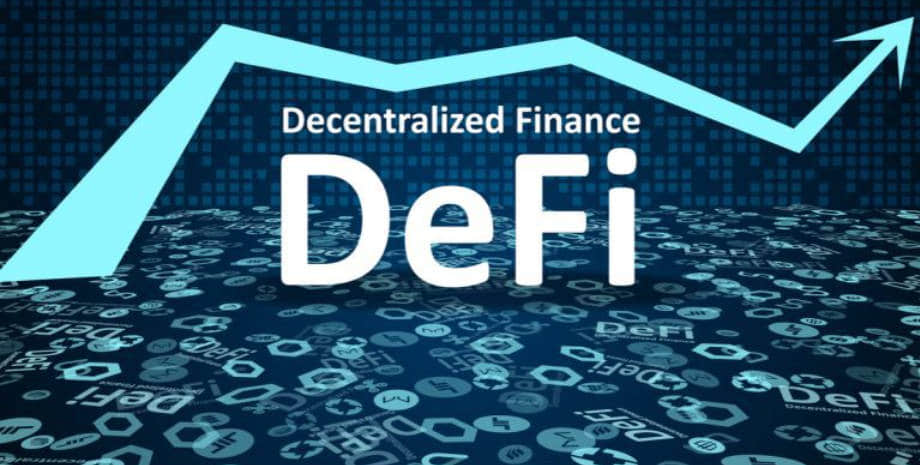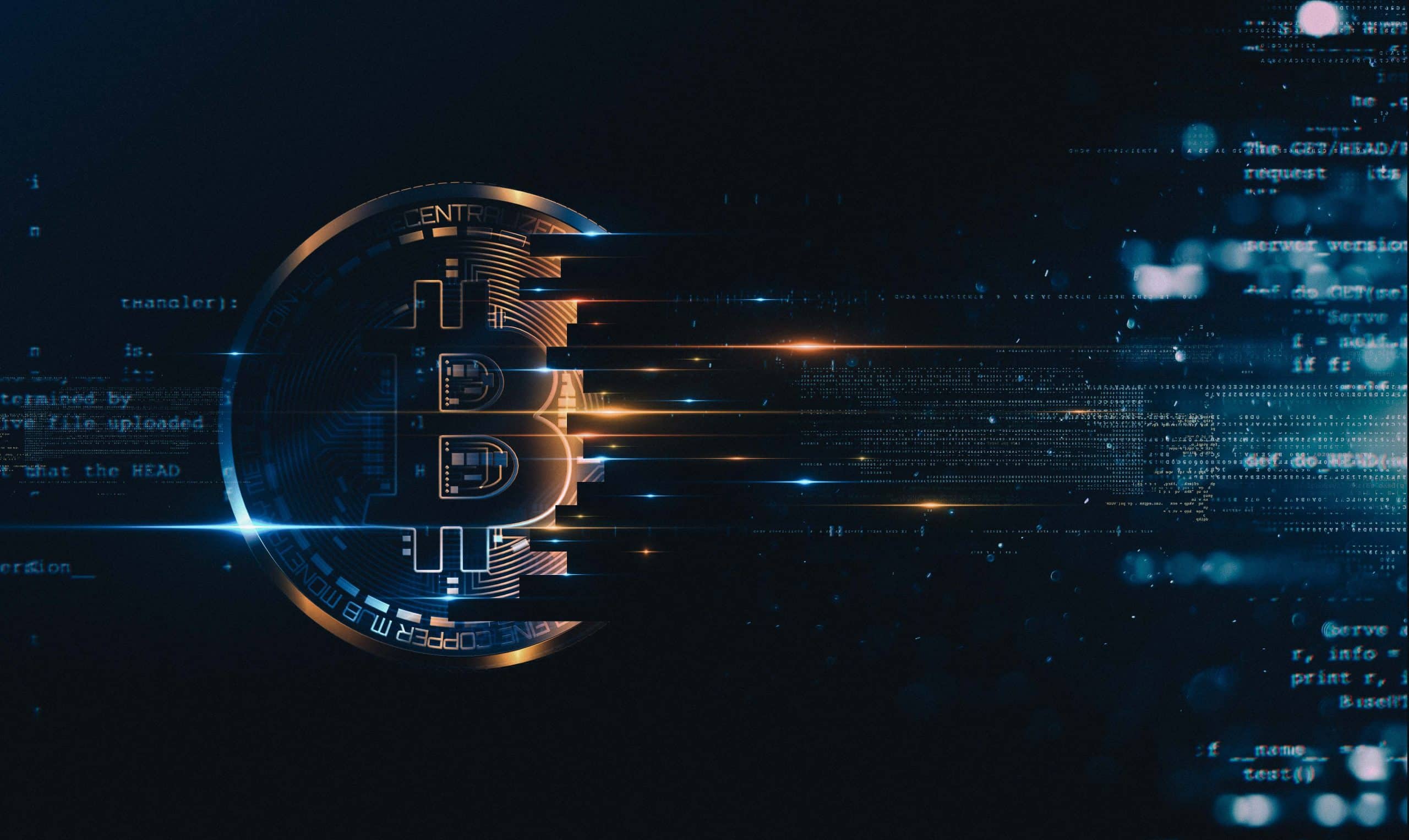Solana Network: Outages, Bugs, and the Mainnet “Beta” Saga
Solana publishes postmortem report on Feb. 9 outage, revealing cause and outlining network restart process by validators.Solana downtime sparks concerns about customer variety and beta phase readiness.
The Solana network, known for its high throughput and low transaction times, has recently experienced significant outages and faced criticism regarding its mainnet “beta” status. As an expert in the blockchain technology and financial field, let’s delve into the details of the network’s issues and shed some light on the concerns raised by critics.
Solana Outages: A Bumpy Road
The Solana network has had its fair share of outages, with the most recent one occurring on Feb. 6, 2022. This outage lasted for over five hours, bringing the block production to a halt and frustrating network users. Unfortunately, this is not an isolated incident. Since January 2022 alone, Solana has faced around half a dozen significant outages and multiple partial or major outage days.
These outages have varied in severity, from partial to total network outages, and have been caused by a range of factors. These factors include software vulnerabilities in the network, denial-of-service attacks, and resource exhaustion attacks. To provide a concrete example, the most recent outage was pinned on a bug that resulted in an infinite loop error. This error caused validators to stall on a particular block, preventing the verification of transactions on the network.
The Post-Mortem: Unveiling the Bug and the Fix
After each significant outage, it’s essential to conduct a post-mortem analysis to identify the root cause and implement preventive measures. Solana released a post-mortem report on Feb. 9, detailing the cause of the recent outage and how validators were able to restart the network. According to the report, the bug was related to Solana’s Just-in-Time (JIT) compilation cache, which encountered an issue during execution.
- PancakeSwap unveils an ‘Affiliate’ program to support forking across different blockchains.
- Cardano’s Indigo v2 Upgrade: A New Era for Synthetic Assets
- Blueberry Protocol Faces Exploit Attack: Users Advised to Withdraw Funds
Previously, the JIT cache utilized an implementation called “ExecutorsCache.” However, with the v1.16 release, a new implementation called “LoadedPrograms” replaced ExecutorsCache. This new loader program encountered a legacy loader issue, leading to a loop with older programs. As a result, the system became trapped in an infinite loop, unable to process transactions or move forward.
Solana engineers swiftly identified and fixed the problem, updating the system’s processes to prevent future recompilation cycles. They reduced the deployment of troublesome legacy loaders, ensuring accurate and efficient access to program instructions. It’s worth noting that these issues are related to implementation details rather than faults in consensus.
Centralization vs. Validator Diversity
Critics of Solana have highlighted a lack of client diversity as a significant contributing factor to the network’s outages. According to Kadan Stadelmann, the CTO of open-source decentralized exchange platform Komodo, Solana’s developers and validators prioritize fast code deployment over maintaining perfect network uptime. Centralization and the absence of validator client options create a high-pressure environment for Solana’s infrastructure, making it susceptible to performance degradation and outages.
However, Austin Federa, head of strategy at Solana, points out that Solana’s architecture is highly accurate compared to other networks. He emphasizes that only two smart contract networks worldwide have independent validator clients: Ethereum and Solana. Currently, Solana relies on a single validator client built on a functional codebase. Austin asserts that the network’s outages have stemmed from implementation details rather than fundamental flaws in consensus.
The Mainnet “Beta” Saga: Perception vs. Reality
Despite its notable achievements in the decentralized finance ecosystem, Solana has never officially exited its mainnet “beta” phase. Beta suggests software nearing completion that undergoes testing by a select group before an official launch. However, Solana’s blockchain is open to everyone, with numerous decentralized applications and a vibrant non-fungible token (NFT) ecosystem.
The perception of Solana as “beta” software is a mix-up between pre-launch testing and post-launch software maturity. This misconception, coupled with the outages experienced, has brought criticism to the forefront. Crypto users on social media have playfully mocked Solana’s ever-changing status between “mainnet” and “beta” depending on the network’s uptime.
Austin Federa acknowledges that most blockchain systems today are in beta, with only Bitcoin and Ethereum considered complete mainnets. He believes Solana is nearing the end of its beta phase and identifies the launch of a second independent validator client as a significant milestone. While downtime poses a roadblock to Solana’s goal of becoming an Ethereum competitor, the network’s high speed and low cost continue to attract new projects.
Q&A: Addressing Additional Topics
Q: What measures has Solana taken to prevent future outages?
Solana engineers have implemented various measures to prevent future outages. They identified and fixed the bug that caused the recent infinite loop error. Additionally, the legacy loader issue has been addressed, reducing the deployment of troublesome legacy loaders to avoid recompilation cycles. Solana aims to continuously improve its network stability and performance.
Q: How does Solana compare to other smart contract networks in terms of validator client diversity?
Solana currently relies on a single validator client built on a functional codebase. In comparison, Ethereum and Solana are the only smart contract networks worldwide with independent validator clients. While Solana’s limited options have been criticized for potential central points of failure, it’s important to note that the network’s outages have primarily resulted from implementation issues rather than consensus faults.
Q: Will Solana’s mainnet “beta” status affect its ability to compete with Ethereum?
Solana’s mainnet “beta” status has attracted criticism, especially considering the network’s past outages. However, the development team at Solana has been actively working to address the bugs causing downtime, ensuring a more stable network in the future. Despite its tainted history, Solana’s impressive speed and cost-efficiency still make it an attractive platform for new projects.
Looking Ahead: Solana’s Future and Investment Considerations
Solana’s journey has been eventful, with ups and downs in terms of network stability. However, the team’s proactive approach to addressing bugs and improving the network’s operations instills confidence in its future development. As Solana continues to mature and attract more developers and users, the potential for growth in its decentralized finance ecosystem remains significant.
Investors seeking opportunities in the blockchain space should consider Solana’s track record, its focus on scalability, and continued efforts to enhance resilience. While network outages pose short-term challenges, the network’s underlying technology and potential for innovation make it a compelling choice for long-term investment.
Reference List:
- Solana’s official Twitter account – Outage announcement
- Solana Outage Post-Mortem for Feb. 6 Outage
- ZK-proofs introduce security challenges for developers
- How can crypto firms bridge the gap with traditional finance?
- Neobanking app Enfineo claims to bridge traditional finance and cryptocurrencies
We hope you found this article both informative and entertaining! If you enjoyed it, don’t forget to share it with your friends on social media. Let’s spread the knowledge and have some fun along the way! 😄✨
We will continue to update Blocking; if you have any questions or suggestions, please contact us!
Was this article helpful?
93 out of 132 found this helpful
Related articles
- Insolvency firm appointed by the court acquires HectorDAO following $2.7M cyber hack
- Solana Startup Helius Raises $9.5m in Series A Funding
- Advanced Micro Devices (AMD) Partners with Wormhole to Support Blockchain Interoperability
- Bridging the Gap: Pyth Network Launches Bitcoin ETF Price Feeds for DeFi Developers
- Stellar Development Foundation Deploys Smart Contracts: A New Era for Stellar Network
- Sui Network’s Explosive Growth in TVL and Transactions: A Bullish Trend in DeFi
- Mocaverse, KuCoin, and Halo Wallet Collaborate to Streamline User Experience in the Web3 Space 🚀






